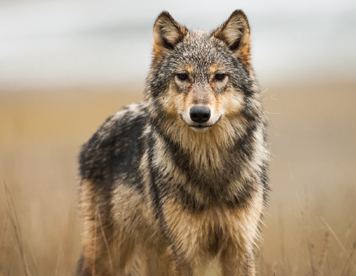Higher classification Gray wolf | Phylum Chordata Scientific name Canis lupus columbianus Rank Subspecies | |
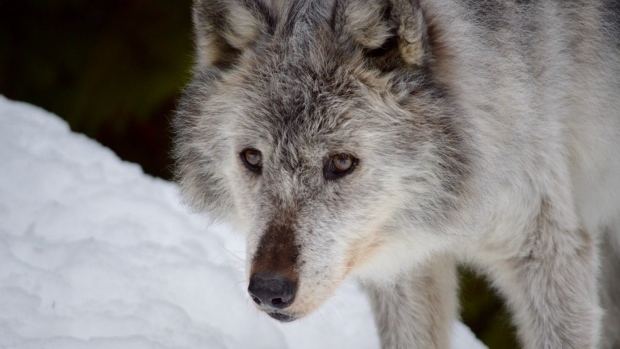 | ||
Similar Gray wolf, Vancouver Island wolf, Cascade mountain wolf, Bernard's wolf, Labrador wolf | ||
British columbia wolf
The British Columbia wolf (Canis lupus columbianus) is a subspecies of gray wolf which lives in a narrow region that includes those parts of the mainland coast and near-shore islands that are covered with temperate rainforest, which extends from Vancouver Island, British Columbia to the Alexander Archipelago in south-east Alaska. This area is bounded by the Coast Mountains.
Contents
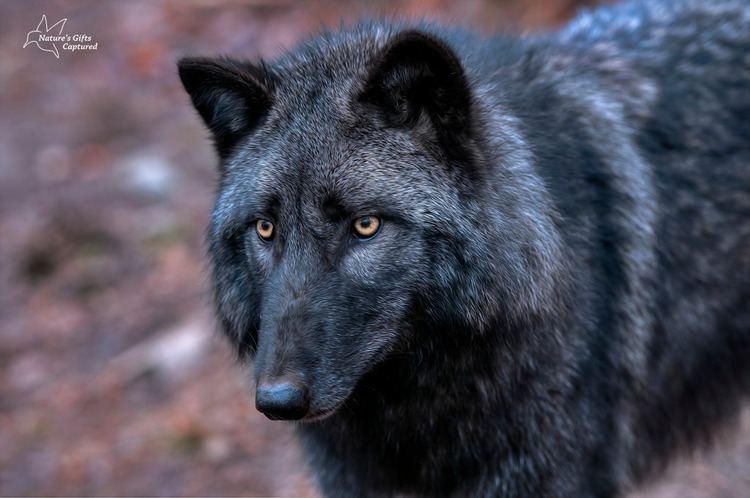
Taxonomy
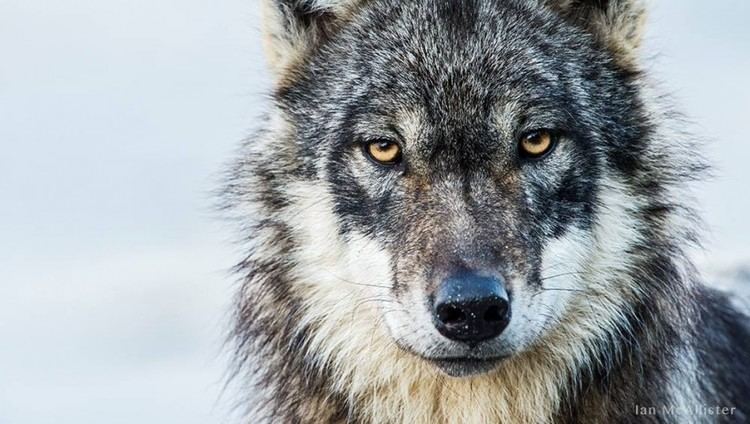
The wolf was first classed as a distinct subspecies in 1941 by Edward Goldman, who described his specimen as being large with a skull closely resembling that of C. l. pambasileus, and whose fur is generally of a cinnamon-buff color. As of 2005, it is considered a valid subspecies by MSW3. It is regarded as a synonym of C. l. occidentalis by the United States Fish and Wildlife Service.
See further: Gray wolf taxonomy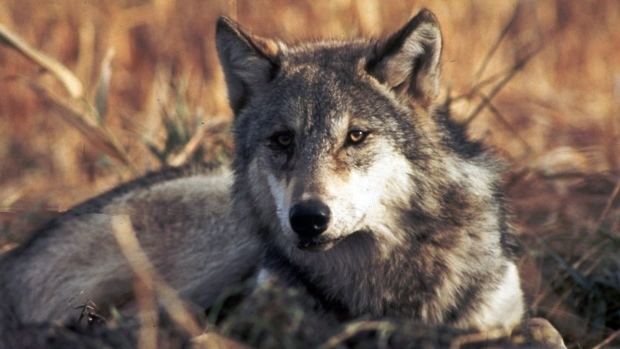
Studies using mitochondrial DNA have indicated that the wolves of coastal south-east Alaska are genetically distinct from inland gray wolves, reflecting a pattern also observed in other taxa. They show a phylogenetic relationship with extirpated wolves from the south (Oklahoma), indicating that these wolves are the last remains of a once widespread group that has been largely extirpated during the last century, and that the wolves of northern North America had originally expanded from southern refuges below the Wisconsin glaciation after the ice had melted at the end of the Last Glacial Maximum. These findings call into question the taxonomic classification of C.l. nulibus proposed by Nowak. Another study found that the wolves of coastal British Columbia were genetically and ecologically distinct from the inland wolves, including other wolves from inland British Columbia. A study of the three coastal wolves indicated a close phylogenetic relationship across regions that are geographically and ecologically contiguous, and the study proposed that Canis lupus ligoni (Alexander Archipelago wolf), Canis lupus columbianus (British Columbia wolf), and Canis lupus crassodon (Vancouver Island wolf) should be recognized as a single subspecies of Canis lupus.
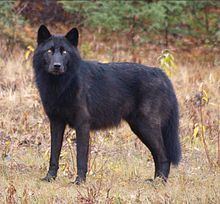
In 2016, two studies compared the DNA sequences of 42,000 single nucleotide polymorphisms in North American gray wolves and found the coastal wolves to be genetically and phenotypically distinct from other wolves. They share the same habitat and prey species, and form one of the study's 6 identified ecotypes - a genetically and ecologically distinct population separated from other populations by their different type of habitat. The local adaptation of a wolf ecotype most likely reflects the wolf’s preference to remain in the type of habitat that it was born into. Wolves that prey on fish and small deer in wet, coastal environments tend to be smaller than other wolves.

